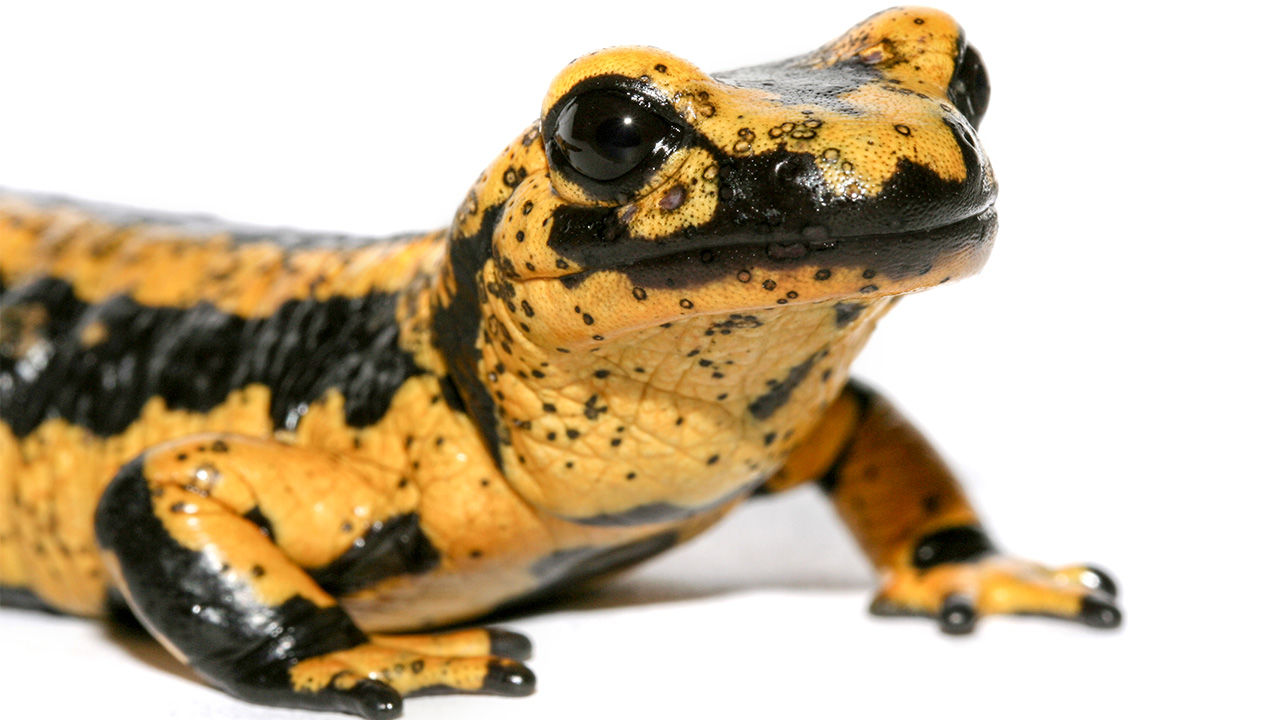
Fire salamanders in parts of Europe are almost extinct due to the Bsal skin fungus. (Photo: Frank Pasmans)
We like to hear what former NIMBioS postdocs are up to, so we were happy to learn from UT professor Matt Gray that his mentee Angie Peace was recently awarded part of a large $2.5 million grant from the National Science Foundation.
The award will fund research to investigate Batrachochytrium salamandrivorans (Bsal), a flesh-eating fungal pathogen that affects salamanders. Researchers will characterize the fungus’ epidemiology, host immune responses, and pathogenesis in the red-spotted newt, one of the most widely distributed salamander species in North America. Researchers hope to head off an outbreak of Bsal in North America, which holds the world’s greatest diversity of salamanders. Tennessee alone has 57 species.
Originating from Asia, Basl was first discovered in Europe in the Netherlands in 2008 where it caused mass mortality and drove the infected populations to local extinction. Subsequent laboratory trials showed most European salamander and newt species die within two weeks after infection.
Peace, now an assistant professor of mathematics and statistics at Texas Tech University, was awarded $165,000 to lead the epidemiological modeling associated with the research.
As a NIMBioS postdoc from August 2014 to July 2015, Peace developed mathematical models of essential elements and their interactions under the framework of ecological stoichiometry.
If you have some news about a former NIMBioS postdoc, drop us a line!
ICYMI recent news from NIMBioS postdocs:
Team Science at NIMBioS Produces Top Paper
A Predator-Prey Model of Poverty Traps, New Paper from Ngonghala
